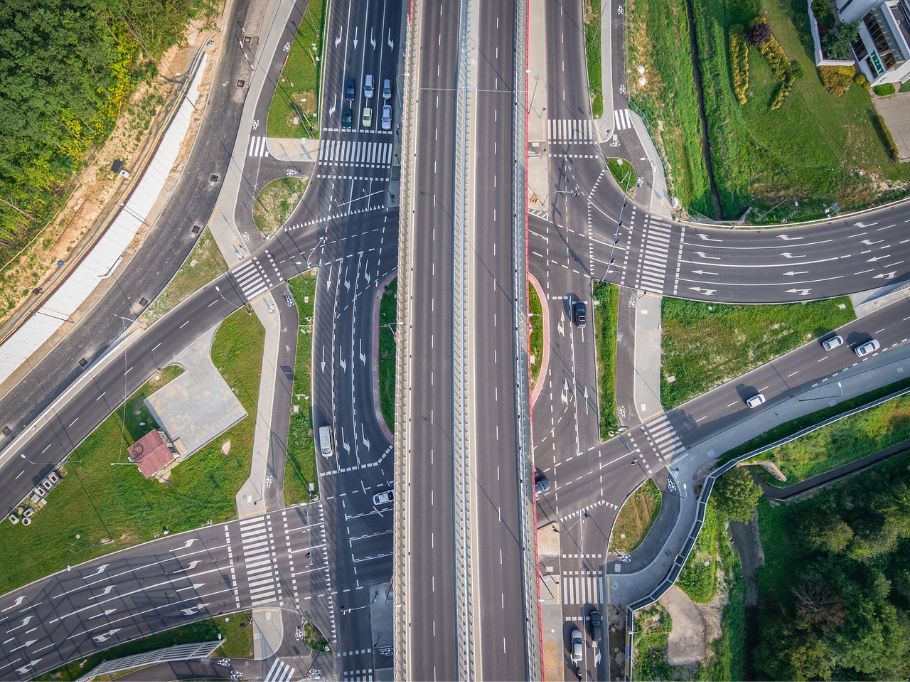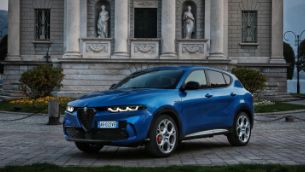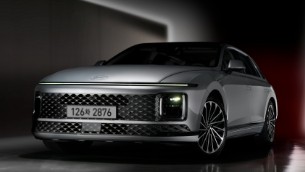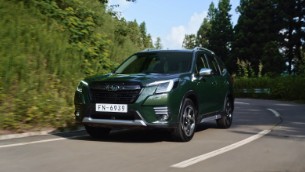Intersection Accidents: Design Solutions and Traffic Engineering Approaches

Intersection accidents are a critical concern for urban planners and traffic engineers worldwide. These incidents not only cause significant disruptions in traffic flow but also pose a severe threat to the safety of motorists, cyclists, and pedestrians—often necessitating the help of a car accident lawyer. In this blog post, we explore innovative design solutions and traffic engineering approaches aimed at reducing the frequency and severity of intersection accidents.
Roundabouts
Roundabouts are a clever way to make intersections safer. They're designed to cut down on places where cars might crash into each other, making traversal smoother and safer for everyone on the road.
Instead of cars crossing paths head-on like in regular intersections, in a roundabout, vehicles move in a circular motion around a central point. This means there are fewer chances for cars to collide because they're all flowing in the same direction. It's like a well-choreographed dance where everyone keeps moving without bumping into each other.
Research backs up how effective roundabouts are at preventing accidents. Some studies have found that when traditional intersections are swapped out for roundabouts, crashes can drop by as much as 40%. So, they're not just convenient, they're also a big win for safety on the road.
Advanced Traffic Signal Timing
Traffic signal timing plays a crucial role in managing intersection safety. Engineers can optimize signal timing to minimize the waiting time for vehicles and reduce the chances of red-light running. Adaptive signal control technology adjusts the timing of lights based on real-time traffic conditions, further enhancing safety and efficiency.
Dedicated Turning Lanes and Protected Phases
The addition of dedicated turning lanes at intersections helps separate different traffic movements, reducing the likelihood of collisions. Protected turn phases in traffic signals give drivers a specific time to turn safely, without having to navigate oncoming traffic or pedestrians.
Pedestrian and Cyclist Safety Measures
Intersections must also cater to the safety of non-motorized users. Raised crosswalks, pedestrian refuge islands, and clear signage can significantly improve pedestrian safety. For cyclists, bike boxes at intersections provide a safe space ahead of vehicular traffic, reducing the risk of collisions.
Intelligent Transportation Systems (ITS)
ITS technologies, such as traffic cameras and vehicle-to-infrastructure communication, can detect potential hazards and alert drivers to avoid accidents. These systems can also manage traffic flow dynamically, adapting to changing conditions to maintain safety at intersections. For example, if there's an accident up ahead, these systems can warn drivers to steer clear, helping prevent more accidents.
ITS doesn't stop there. It's also smart about managing traffic. It can adjust traffic lights on the fly, depending on how many cars are coming and going, to keep things moving safely through intersections. So, it's all about using technology to keep us safe and make our journeys a little less stressful.
Conclusion
In conclusion, intersection accidents present a complex challenge that requires a multifaceted approach. By combining innovative design solutions with advanced traffic engineering techniques, we can create safer intersections that protect all road users. As we continue to develop and implement these strategies, the goal of achieving zero intersection accidents becomes increasingly attainable.










